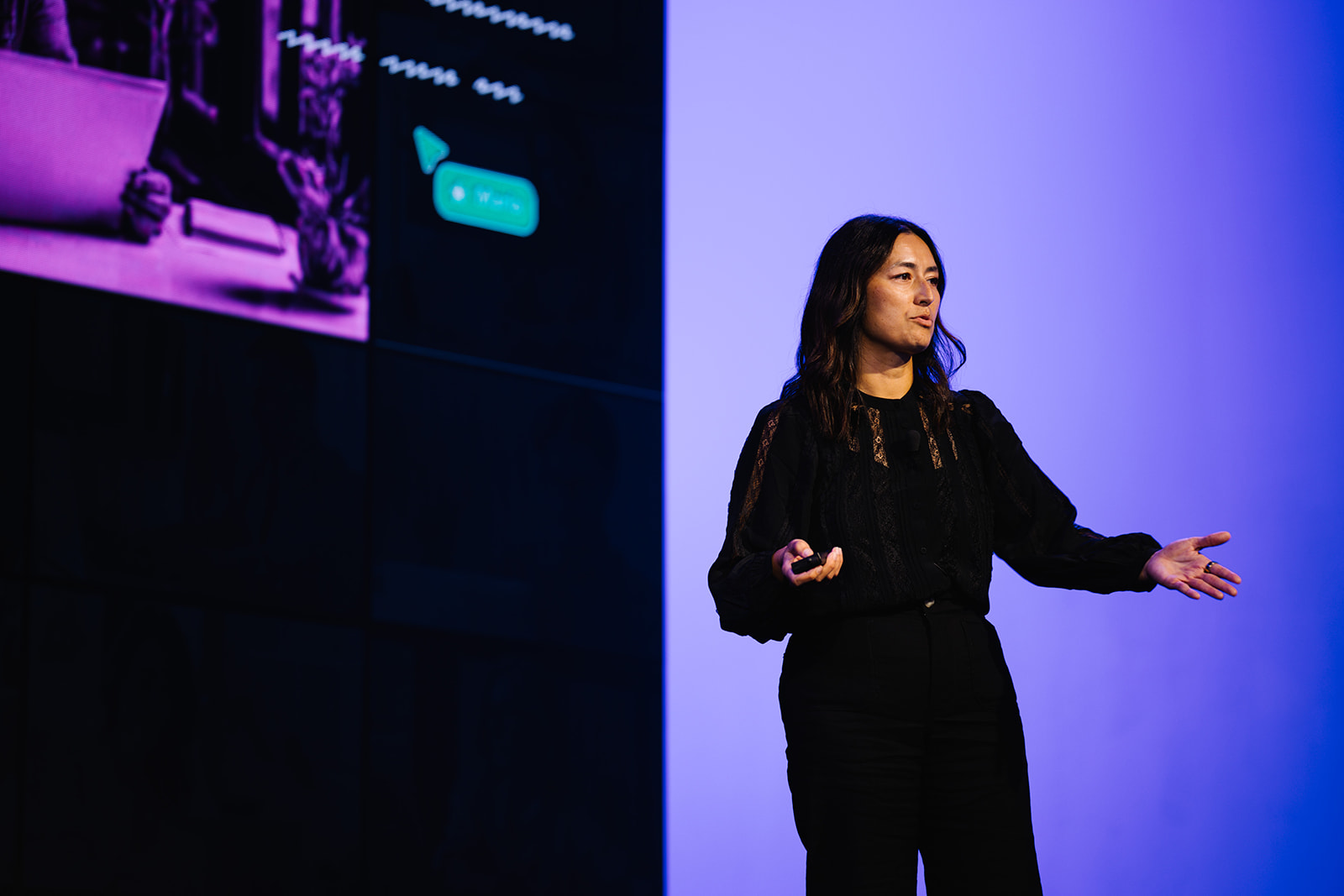In Part I of the Remote Design Collaboration Survey Results, I reported on the quantitative findings of our pilot survey conducted at the Enterprise UX conference. Check out the full results online.
This post summarizes findings from an open ended question in the survey. We asked:
What are the top three aspects of remote design that frustrate you most?
I used MURAL to find patterns the qualitative feedback. I first imported the responses into Google Sheets. From there you can copy and paste data right into MURAL.The text of each cell is automatically converted into an individual sticky note.
Pretty simply and pretty cool!
I used the Cluster feature in MURAL to group responses into themes. I also changed the color of the sticky notes to show the groupings. It’s easy once everything is in a digital format.
General Issues with Remote Work
Clear patterns emerged. Some of these apply to remote work in general:
- Technology needs improving. It’s no suprise that people mentioned technology as a pain point. Three sub-themes came to light:
- Poor technology. Technical solutions sometimes just don’t work well. They are slow or have connectivity issues or poor quality.
- Too many tools. A few people mentioned there are too many tools out there for remote collaboration.
- Can’t refind things. Because of the wide range of tools, one respondent mentioned that locating materials then becomes a problem. They wrote: “lots of disparate tools lead to 'things' in various places (Basecamp, Dropbox, Slack, etc.).” Interesting observation!
- Scheduling time to meet. Finding times to meet with remote colleagues frustrates people for at least two reasons:
- Time zones. We’ve heard this one many times. Working across times is challenging.
- Spontaneity. People seem to lack the ability to meet spontaneously. With remote work, most encounters are scheduled. They wrote: “inability to meet in unscheduled ways” and “I miss interacting with my peers whenever I please.”
- Communication is difficult. It’s clear: face-to-face encounters are simply better design collaboration. People miss the fluidity of in-person communication and nonverbal cues.
- Social component missing. Respondents also lamented a lack of social contact. One even wrote: “Can't go out for drinks at the end of the day.”
- Culture doesn't support remote work. The nature of a team or organization can make remote collaboration easier or harder. Some people mentioned a lack of trust from their teams. Others mentioned that it’s sometimes hard to convince others to work remotely.
Design-Specific Issues
The above issues affect all types of work. There were two primary design-specific issues that emerged as well:
1. Lack of ability to sketch
An inability to draw freely and spontaneously is a key frustration for remote design based on this survey. One person wrote: “hard to share quick throwaway ideas and sketches.” Another commented on the inability to spontaneously sketch with others: “Not able to just walk over and sketch together.”
There were other comments about tools for sketching. People found it hard work without a whiteboard. One person commented: “Not being able to sketch in a non-janky way.” At MURAL, we’re trying to hard to address this pain point directly!
2. Changes in design process
Working remotely also affects the design process. People commented that it’s difficult to get on the same page, in general. And decisions are harder to make. This affects the quality of work.
One person indicated their frustration: “Review of design after it has been developed (quality assurance)”
At MURAL we aspire to make remote design as smooth and natural as possible. We believe it doesn't have to be so frustrating. Both creativity and distributed teams are increasingly becoming integral to the future of work, and we want to be a part of that future.













